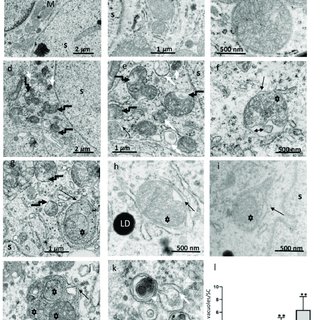September 2020
·
46 Reads
·
13 Citations
International Journal of Experimental Pathology
In clinical medicine, indomethacin (IND, a non-steroidal anti-inflammatory drug) is used variously in the treatment of severe osteoarthritis, rheumatoid arthritis, gouty arthritis or ankylosing spondylitis. A common complication found among therapeutic characteristics is gastric mucosal damage. This complication is mediated through apoptosis and autophagy. Apoptosis and autophagy are critical homeostatic pathways catalysed by caspases downstream of the gastrointestinal mucosal epithelium. Both act through molecular signalling pathways characterized by the initiation, mediation, execution and regulation of the cell regulatory cycle. In this study, we hypothesized that dysregulated apoptosis and autophagy are associated with IND-induced gastric damage. We examined the spectra of in vivo experimental gastric ulcers in male Sprague-Dawley rats through gastric gavage of IND. Following an 18-hour fast, IND was administered to experimental rats. They were sacrificed at 3-, 6- and 12-hour intervals. Parietal cells (H+ , K+ -ATPase β-subunit assay) and apoptosis (TUNEL assay) were determined. The expression of apoptosis-signalling caspase (caspases 3, 8, 9 and 12), DNA damage (anti-phospho-histone H2A.X) and autophagy (MAP-LC3, LAMP-1 and cathepsin B)-related molecules in gastric mucosal cells was examined. The administration of IND was associated with gastric mucosal erosions and ulcerations mainly involving the gastric parietal cells (PCs) of the isthmic and upper neck regions and a time-dependent gradual increase in the number of apoptotic PCs with the induction of both apoptotic (upregulation of caspases 3 and 8) cell death and autophagic (MAP-LC3-II, LAMP-1 and cathepsin B) cell death. Autophagy induced by fasting and IND 3 hours initially prompted the degradation of caspase 8. After 6 and 12 hours, damping down of autophagic activity occurred, resulting in the upregulation of active caspase 8 and its nuclear translocation. To conclude, we report that IND can induce time-dependent apoptotic and autophagic cell death of PCs. Our study provides the first indication of the interactions between these two homeostatic pathways.






















![Fig. 6 Intracellular Ca 2+ measurement in chondrosarcoma cells. [Ca 2+ ] I in OUMS-27 cells treated with each drug was measured by Fura-2 AM, a calcium-sensitive dye. The relative transient calcium (OD 340nm / OD 380nm excitation ratio) was recorded before and after the addition of 10 mM GABA. The recording was continued after GABA was washed out of the buffer. [Ca 2+ ] I in 1 μM CGP pretreated-OUMS-27 cells was recorded similarly after application of 10 mM GABA](https://www.researchgate.net/publication/323619545/figure/fig3/AS:601739124301831@1520477195398/ntracellular-Ca-2-measurement-in-chondrosarcoma-cells-Ca-2-I-in-OUMS-27-cells_Q320.jpg)


